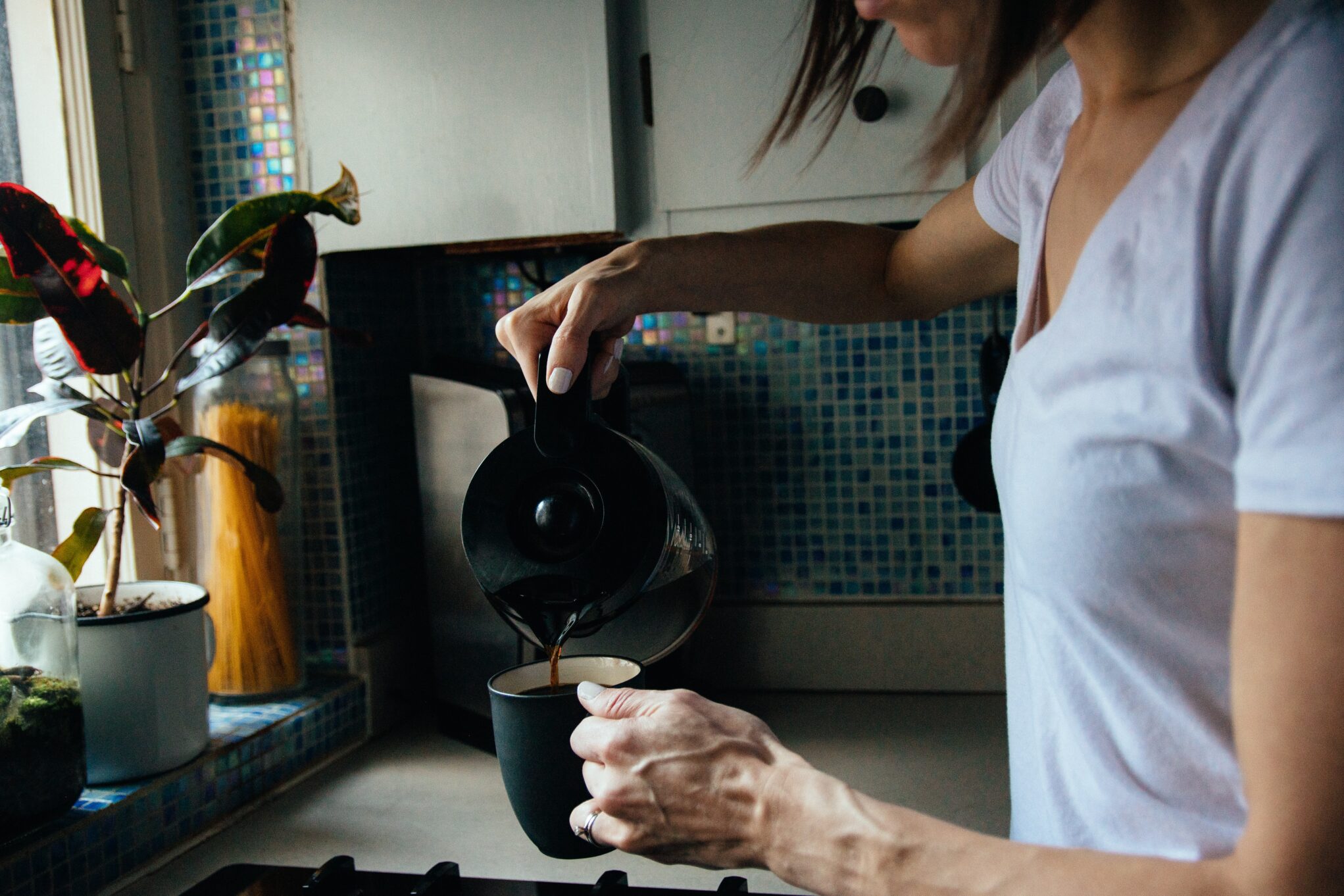Take a look at how our nervous system develops from the moment of birth, and how it shapes our thought patterns, mental health, and resilience. Things like creativity, play, and adventure were discussed as just some of the major influences that can be developed during infancy, and how home and structure alike can nurture positive growth all the way through to (and beyond) the teenage years.
As an ND with a clinical focus in mental and neurological health, Dr. Ashley’s unique viewpoint on supporting the development of children, teenagers, and adults alike positions her as the ideal host for a deep dive such as this. On the regular she’s working with passionate parents, teenagers, athletes, professionals and retirees to live a healthy life enhanced by her insight – you can visit her profile right here on our site, or on her own turf.
Your baby Einstein
Just about every parent hopes that their child will grow to be intelligent, happy, and successful. That their passions will be pursued and realized, and that every challenge will work to educate, sharpen, and prepare them. Nature vs. nurture has long been a point of contention, but like so many of these debates each side will work in concert with the other to get a much more interesting dialogue in motion.
For example, how can one nurture a child such that their nature can thrive at the pinnacle of its potential? What can we do from the earliest stages of childbirth through those cherished phases of growth to encourage creative thinking, intelligence, and excellence? Far from opinion, the items listed here are proven to set the stage for your Einstein-in-the-making (or whatever they’re bound to become!) ensuring they have the right tools at their disposal to achieve their every goal.
Safety, then growth
Similar to how our own sense of focus and productivity wavers when things in our lives are chaotic or unpleasant, a baby’s brain is programmed to know that preserving its own wellbeing is priority number one. If your child doesn’t feel safe, his or her brain will have a harder time absorbing and learning.
Proximity plays a major role in this case. Physical contact, playtime and conversation with your baby will provide that feeling of safety and thus breeze past that initial barrier, leaving his or her mind open to observation, engagement, and processing.
Expression, expression, expression
You’ve got proximity down, now it’s time to commit to some face-time. It’s true – continuing down the road of conversing with your infant are those moments of peekaboo and baby talk. By investing the time in face-time, you’re teaching your baby to recognize facial expressions, and at about six months they’ll recognize not only your expressions, but the emotions on a stranger’s face as well!
Once your baby has a handle on expressions, it can harness that knowledge to communicate with you in ways that were previously unavailable, or available but unable to be processed into clarity. Remember – your baby’s initial communications are limited to the nonverbal type, which means you’re empowering them with a new way to engage and a new skill to begin refining. Strong communicators yield strong relationships, and the starting line is here.
Something new to see
If the goal is to get your baby thinking, it’s important to remember that you may not always be the catalyst. Consider opportunities to simply be the delivery mechanism, so your toddler can take in what the world has to offer.
By wearing your baby during walks or travel time, you can articulate your surroundings. The result? Your baby is enhancing its vocabulary while processing what he or she sees out in the big, exciting world.
Something new to touch
Sensory stimulation like registering seen objects is excellent, and touch is no different. If your baby likes to get a hand on just about anything, simply ensure that the object is safe for your toddler, and let them go to town. Objects have unique defining features including flexibility, movable parts, texture, weight and more. Every characteristic is a learning experience, and repeated interaction will help your baby to define and recognize them.
It’s all about exploring the senses, and the keyword is exploring. Too often, parents will respond negatively if an object is removed from its home or played with. Toys are excellent, but everything that’s safe for your baby represents a new sensory experience, and praise should follow safe exploratory action. To take things a step further, keep a collection of items on hand with unique textures or characteristics, give them to your baby, and describe how they feel to the touch.





